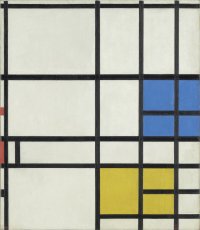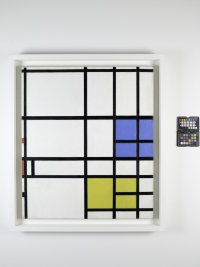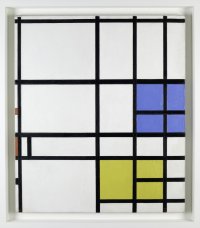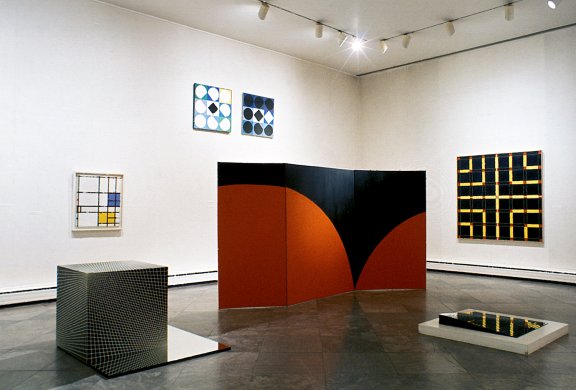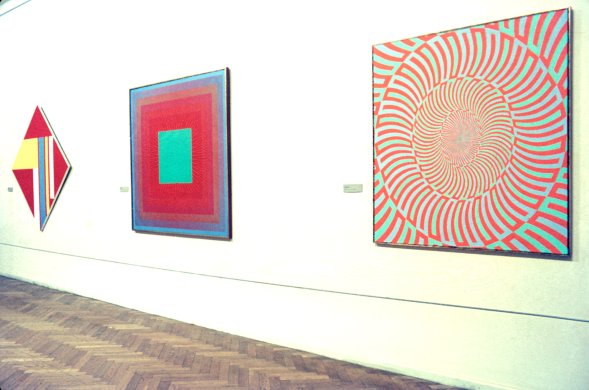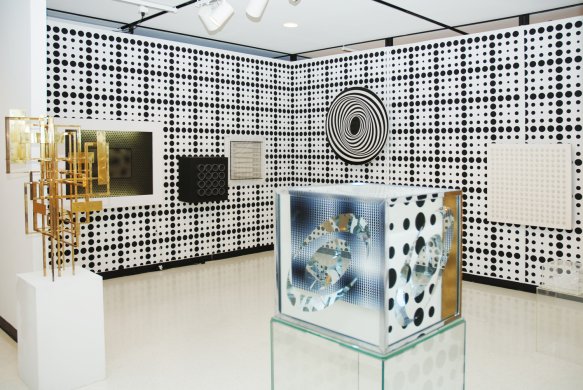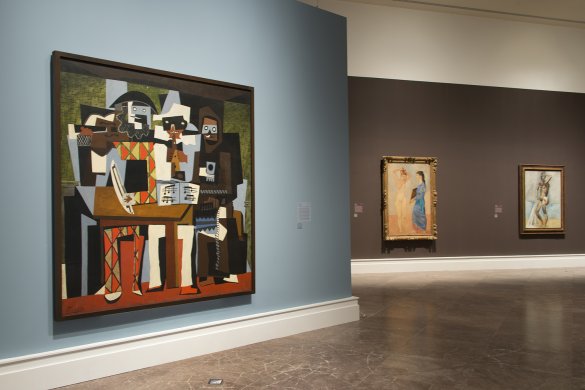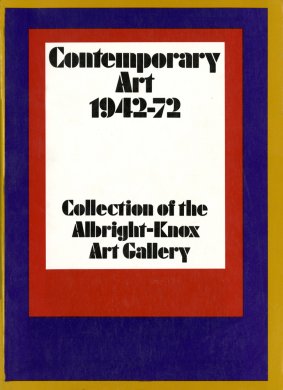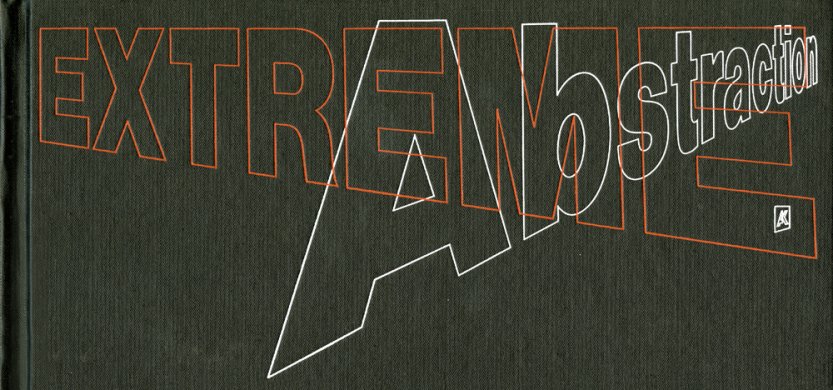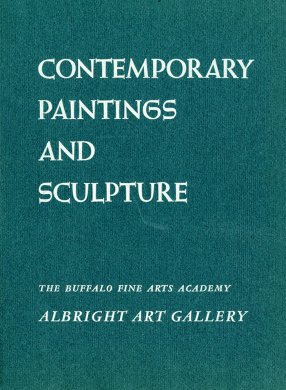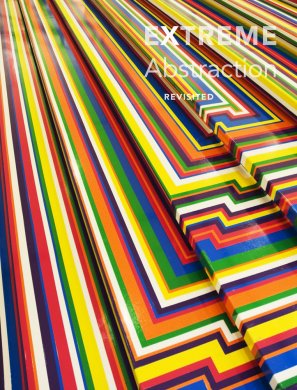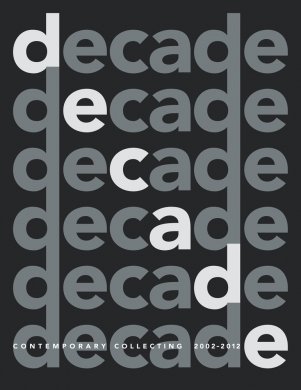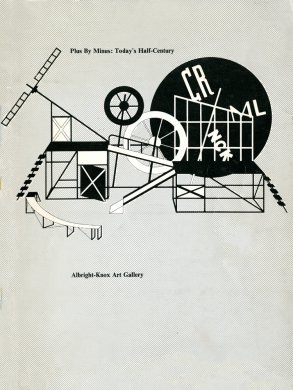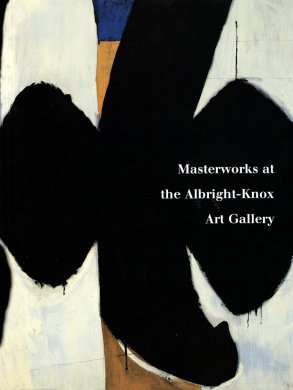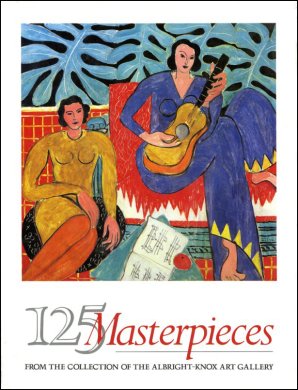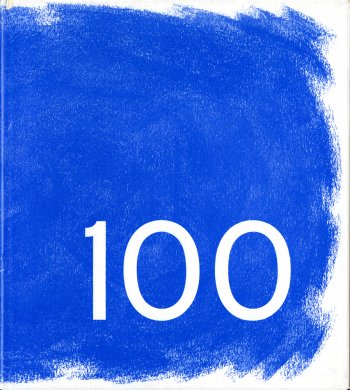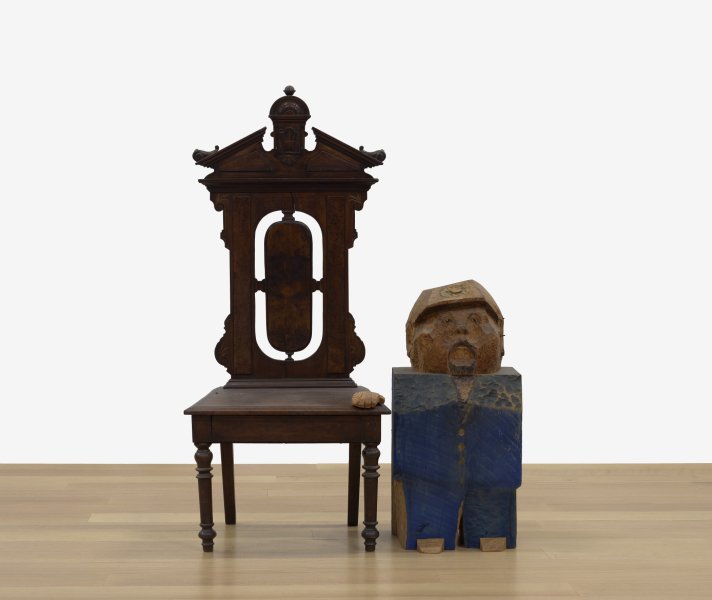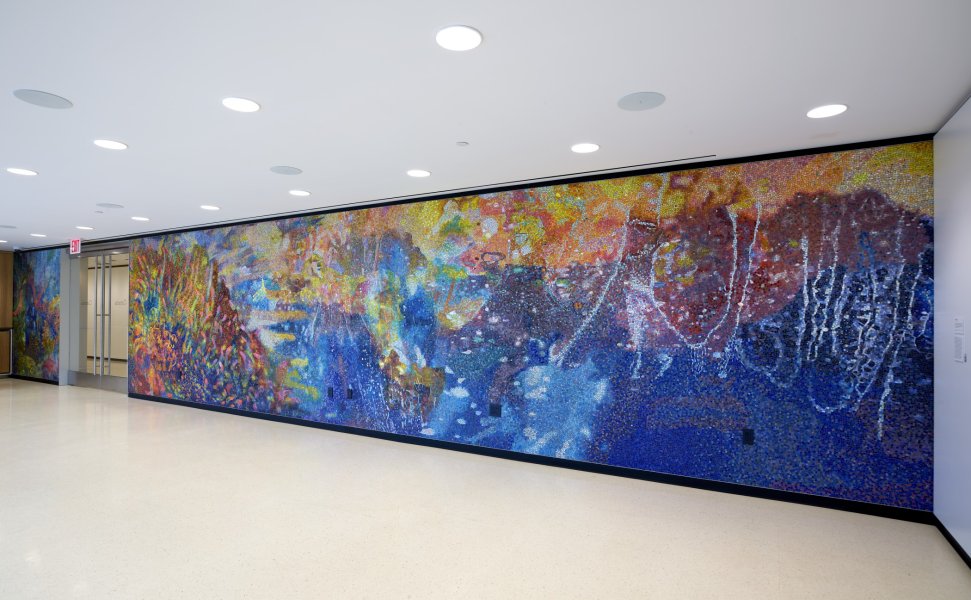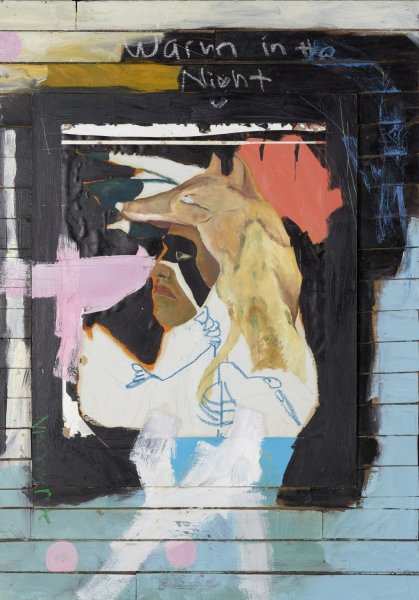Piet Mondrian
Dutch, 1872-1944
Composition No. 11, 1940-42--LONDON, with Blue, Red and Yellow, 1940-1942
Artwork Details
Currently on View
Collection Highlight
Materials
oil on canvas
Measurements
support: 32 1/2 x 28 inches (82.55 x 71.12 cm); framed: 37 5/8 x 33 1/8 x 2 3/4 inches (95.57 x 84.14 x 6.99 cm)
Collection Buffalo AKG Art Museum
Credit
Room of Contemporary Art Fund, 1944
Accession ID
RCA1944:10
From the moment Piet Mondrian encountered Cubism in 1911, the artist dedicated himself to a systematic purification of all nonessential elements from his art. He said, "Gradually I became aware that Cubism did not accept the logical consequences of its own discoveries; it was not developing abstraction toward its ultimate goal, the expression of pure reality.” By 1913, he had arrived at the balance of horizontal and vertical elements that characterizes his entire later production, and within a few years, he solidified his signature motif of colored rectangles bounded by black lines. Composition No. 11, 1940–42—LONDON, with Blue, Red and Yellow is a transitional work between the paintings he made in Paris during the late 1930s and those done in New York. Although this work was begun in London, the small red square at the middle of the left edge, unbounded by black, predicts his elimination of the color in his last paintings.
Label from Picasso: The Artist and His Models, November 5, 2016–February 19, 2017
